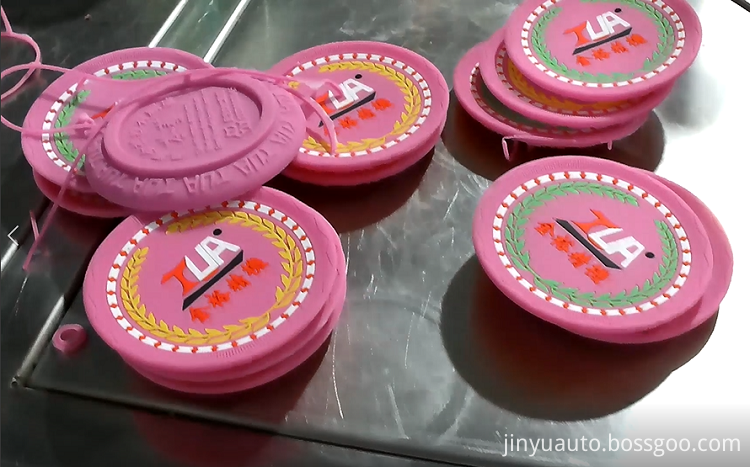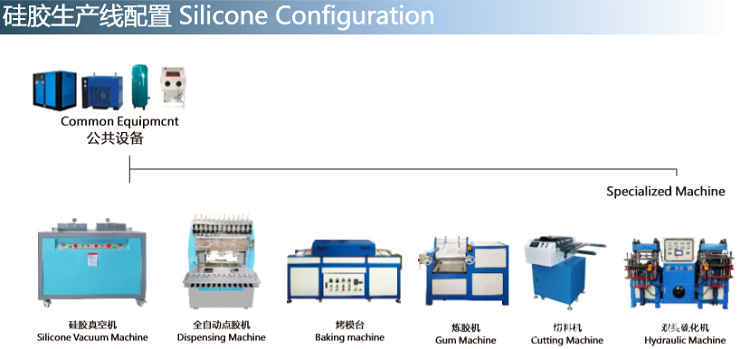
Silicones also play a central role in prosthetics. They can be fashioned to closely resemble the consistency and appearance of skin and are capable of cushioning shocks and absorbing vibrations better than alternative materials, increasing comfort and functionality. Similarly, silicones are used for breast augmentation, including the shells used for saline-filled implants.
For more than seven decades, silicone has played an increasingly prominent role in medical innovation in the world States, and exciting new possibilities are constantly being explored to broaden its applications still further.
Considering the benefits silicone offers, it’s troubling to see some regulators in the European Union trying to restrict its use without credible evidence of harm. While one of the sectors in which silicone has its widest applications and delivers the most benefits is in medical technology, the fact is that we interact with silicone dozens of times per day without even realizing it. If you’ve used personal care products, cooked a meal, or driven a car today, chances are you came into contact with a product that uses silicone.

The economic impact of silicone in the medical industry is substantial and growing rapidly. In the United States, 9,700 tons of silicone — with a combined value of $132 million — were used by the healthcare sector in 2013. Freedonia Group projects that demand for silicones in the medical market will rise at an annual rate of 5.9 percent in the coming years, reaching $363 million in 2022. According to the analysis, this growth will be predominantly driven by silicone’s exceptional biocompatibility and low toxicity compared to alternative materials like latex and polyvinyl chloride (PVC).

No comments:
Post a Comment